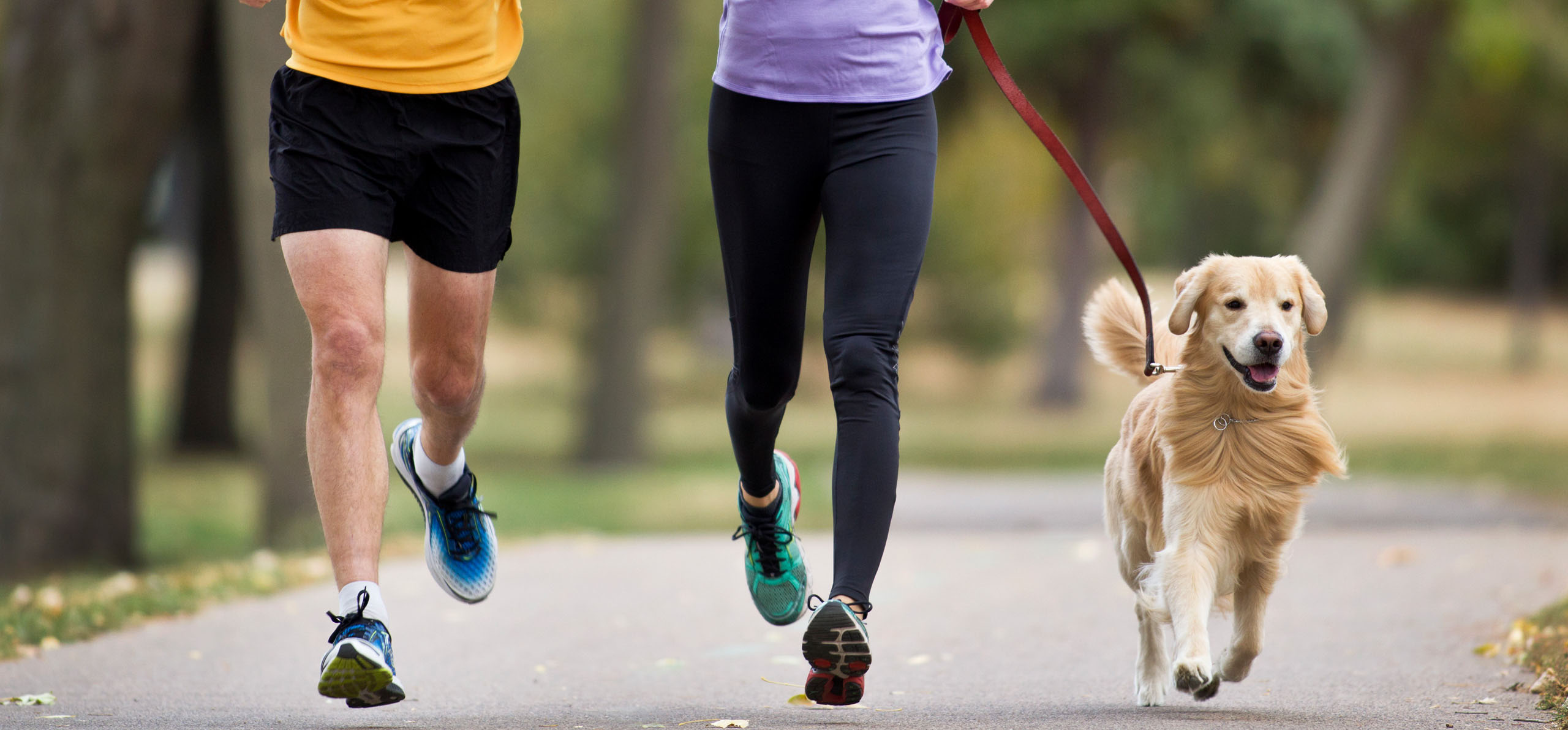Senior dogs, like older people, need to move to stay ambulatory and healthy. However, it’s important to create an exercise routine that’s within your dog’s physical limits so he can enjoy his golden years in good health.
Watch for limitations
Osteoarthritis is one of the most common conditions that limits a dog’s mobility and ability to exercise. Everyday stress on canines’ bones and tendons can cause their joints to deteriorate. This can be especially true for overweight dogs and some breeds, such as German Shepherds and Labrador Retrievers, are particularly prone to developing osteoarthritis.
If your dog has signs of arthritis or joint disease, you should be careful about exercises or play activities that include fast movements and turns. It’s possible he could slip and fall, causing pain and possibly permanent damage.
If you notice your best pal is having difficulty walking, take him to your veterinarian and upon his or her recommendation, proceed with a gentle exercise plan.
The great outdoors
No matter the age, there’s nothing like taking your dog for a walk. Try to begin each day by walking your senior pal. Walks help limber him up and promote muscle activity throughout the day. Begin with a 10- to 15-minute stroll and gradually work up to one- or two-hour walks, two or three times a week.
Brain training
Mental gymnastics are just as important as physical exercise. An easy way to keep your dog mentally stimulated is to mix up what he eats. Variety can make their days a little more interesting and help excite them for the next meal.
Hiding treats in the house or in treat toys is also a good way to get your dog to use his brain to be rewarded.
If your dog is able, walk him up and down the stairs. You can also try a step, the kind used in aerobic classes, so he can step up and down several times. Remember, this should be moderate exercise and you should always keep an eye on any joint or bone issues he may have.
Senior food and fun
A gentle exercise regimen needs to be complemented by good nutrition. Senior formulations are important to meet your older dog’s life stage needs. Dog food that contains nutritional supplements for joint support and muscle maintenance is valuable to senior dogs.
As for fun, just because your pooch is longer in the fang doesn’t mean he no longer wants to play. Senior dog toys should be soft, so your pal doesn’t damage his jaw and teeth. Soft Frisbees, rubber chew toys and plush balls give your dog the chance to return to his pup playtime days, and aren’t as dangerous as harder toys.
With the right food, exercise and play, your best furry friend can continue to enjoy an active and healthy life. So grab that leash, head outside and let him sniff out the neighborhood just like he did when he was a frisky pup.

